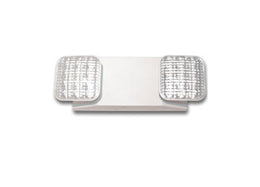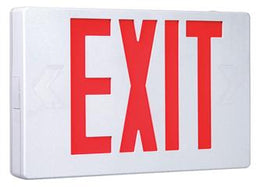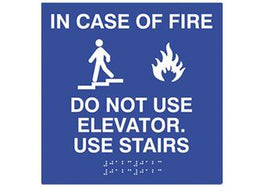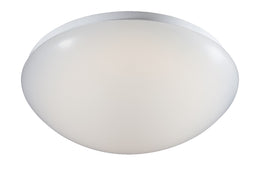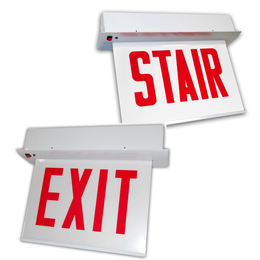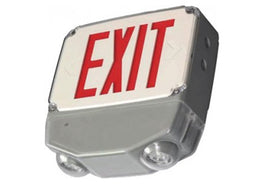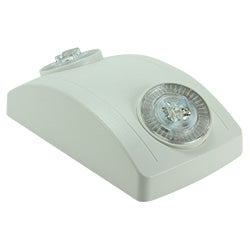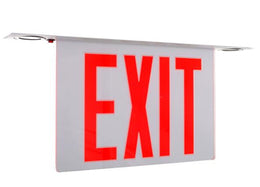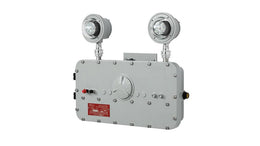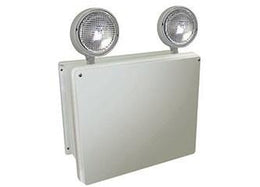Product Filters
Filter by Price
Filter by Tags
Filter by Color
Filter by Brands
Filter by Technology
Filter by Wattage
Filter by Equivalent Watts
Filter by Lumens
Filter by Kelvin Temperature
Filter by Voltage
Popular Products
LED Two Head Emergency Light - 90 Minute Battery- 5 Yr Warranty - UL Listed
Regular price
$22.99
$18.00
Hazardous Environment Emergency Lights
Class 1 Div 2, NEMA 4X Emergency Light - Hazardous Locations
Regular price
$469.00
$455.00
Class I Division I Emergency Light
Regular price
$2,895.00
$2,695.00
What are Class I Division 2 Compliant Emergency Lights?
These type of Exit Signs has been designed specifically for installation in hazardous and industrial environments.
Division 1 is a subset of Class III and is classified as an area or location where ignitable fibers or flyings may be manufactured and or Stored
TYPE 3R - Type 3R enclosures/housings are intended for outdoor/Wet Area use primarily to provide a degree of protection against falling rain and external ice formations
TYPE 4 - Type 4 enclosures/housings are intended for interior or outdoor/ wet area use primarily to provide a degree of protection against wind blown rain, dust, splashing water, hose directed water, and external ice formation
TYPE 4X - Type 4X enclosures/housing are intended for indoor and outdoor use primarily to provide a degree of protection against corrosion, wind blown dust and rain, splashing water, full hose directed water and external ice formation.
TYPE 4/7 - Type 4/7 enclosures/housings are for use outdoors in locations classified to be hazardous as detailed in the NEC.
TYPE 9 - Type 9 enclosures/housings are for use in indoor locations classified Class II, groups E, F or G as detailed in the NEC


